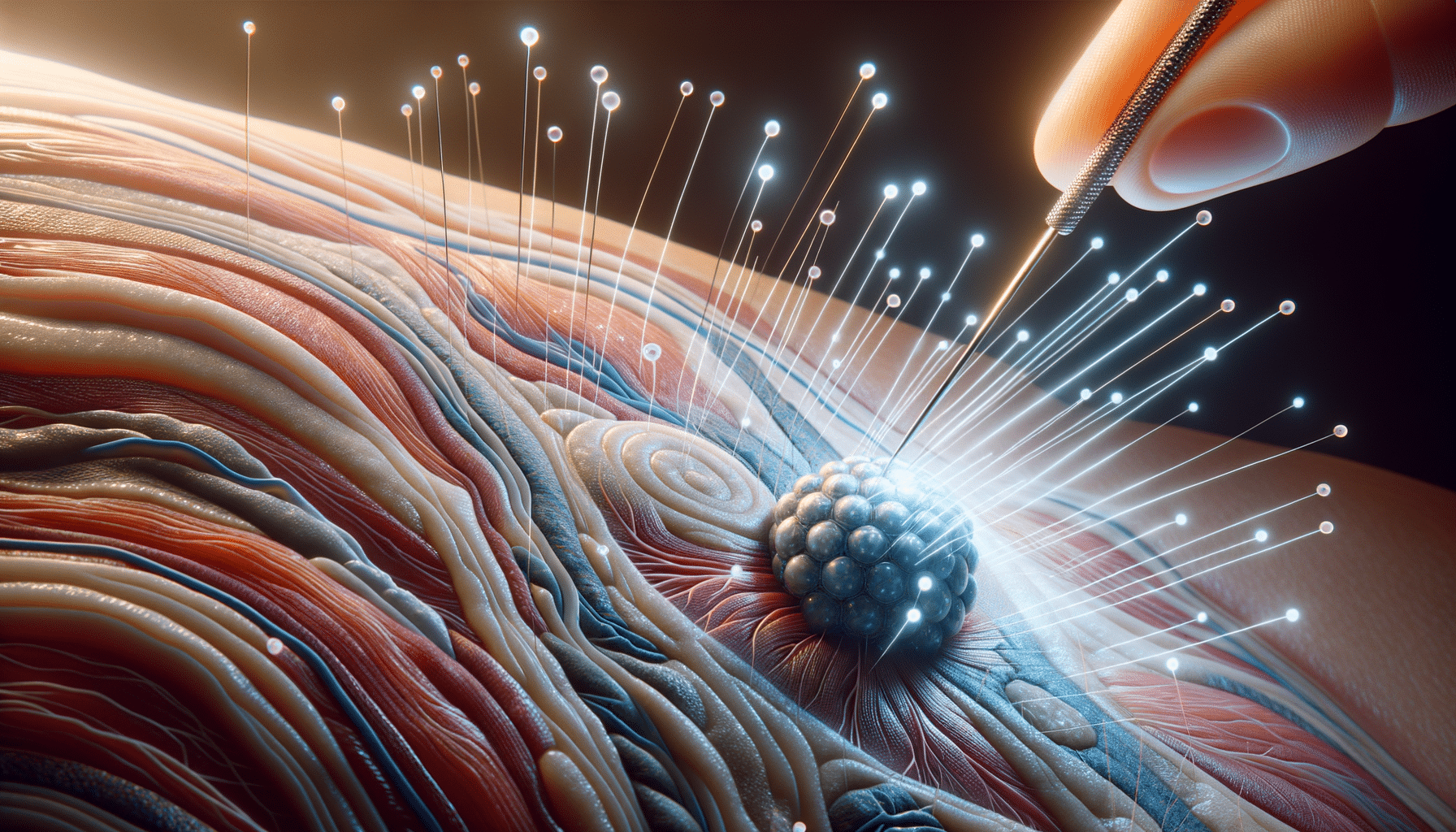
Exploring the Depths of Acupuncture: A Comprehensive Guide
Introduction to Acupuncture
Acupuncture, a key component of traditional Chinese medicine, has been practiced for thousands of years. This ancient healing technique involves inserting thin needles into specific points on the body to balance the body’s energy, or Qi. In recent decades, acupuncture has gained recognition in the Western world for its potential benefits in pain management and overall wellness. Understanding its principles and applications can offer valuable insights into how this practice complements modern healthcare.
The Historical Roots of Acupuncture
The origins of acupuncture can be traced back to ancient China, where it was developed over 2,500 years ago. Initially, acupuncture was part of a holistic approach to health, intertwined with herbal medicine, massage, and diet. The earliest records of acupuncture are found in the Huangdi Neijing, also known as The Yellow Emperor’s Classic of Internal Medicine, which dates back to around 100 BCE. This text laid the foundation for the theoretical framework of acupuncture, emphasizing the importance of balancing Yin and Yang, the two opposing forces believed to regulate the body’s energy.
Over centuries, acupuncture evolved and spread to other parts of Asia, including Japan and Korea, each culture adapting the practice to their medical philosophies. In the 20th century, acupuncture began to gain attention in the West, particularly after the visit of U.S. President Richard Nixon to China in 1972, which sparked interest in traditional Chinese medicine. Today, acupuncture is practiced worldwide, recognized for its potential to complement conventional treatments.
Understanding Acupuncture Techniques and Tools
Acupuncture involves various techniques and tools that practitioners use to stimulate specific points on the body. The most common method is the insertion of thin, sterile needles into the skin. These needles are typically made of stainless steel and are much finer than those used for injections or blood draws, minimizing discomfort.
In addition to needle insertion, practitioners may use other techniques, such as:
- Moxibustion: The burning of mugwort, a small, spongy herb, to warm and stimulate acupuncture points.
- Cupping: The application of heated glass or silicone cups to create suction on the skin, believed to improve circulation and relieve muscle tension.
- Electroacupuncture: A modern variation where electrical currents are applied to the needles, enhancing the stimulation of acupuncture points.
These techniques aim to restore the flow of Qi, alleviate pain, and promote healing by activating the body’s natural processes.
The Science Behind Acupuncture
Research into the mechanisms of acupuncture has grown significantly, with studies exploring its effects on the nervous system, immune response, and pain pathways. While the exact mechanisms remain a topic of scientific inquiry, several theories have been proposed to explain how acupuncture works.
One prominent theory suggests that acupuncture stimulates the release of endorphins, the body’s natural painkillers, which can help reduce pain and promote a sense of well-being. Additionally, acupuncture may influence the autonomic nervous system, regulating bodily functions such as heart rate and digestion. Some researchers also propose that acupuncture modulates the activity of neurotransmitters, chemicals that transmit signals in the brain, potentially affecting mood and perception of pain.
Despite ongoing research, the scientific community remains divided on the efficacy of acupuncture. However, many studies have shown promising results, particularly in the treatment of chronic pain, migraines, and osteoarthritis, leading to its inclusion in some clinical guidelines as a complementary therapy.
Acupuncture in Modern Healthcare
In recent years, acupuncture has been increasingly integrated into modern healthcare systems as a complementary therapy. Many hospitals and clinics now offer acupuncture services to patients, recognizing its potential benefits in managing pain, stress, and various health conditions.
Acupuncture is often used in conjunction with conventional treatments for conditions such as:
- Chronic Pain: Including back pain, neck pain, and arthritis.
- Migraines and Headaches: Providing relief for individuals suffering from frequent headaches.
- Stress and Anxiety: Helping to promote relaxation and emotional well-being.
While acupuncture is generally considered safe when performed by a qualified practitioner, it is essential for patients to discuss its use with their healthcare provider, particularly if they have underlying health conditions or are pregnant.
The integration of acupuncture into modern healthcare highlights its potential role in a holistic approach to health, emphasizing the importance of addressing both physical and emotional well-being.
Conclusion: The Future of Acupuncture
As acupuncture continues to gain acceptance in the medical community, its role in healthcare is likely to expand. Ongoing research may further elucidate its mechanisms and efficacy, potentially leading to broader applications and acceptance. For individuals seeking alternative or complementary therapies, acupuncture offers a unique approach that emphasizes balance, wellness, and the body’s innate ability to heal.
By bridging the gap between ancient wisdom and modern science, acupuncture stands as a testament to the enduring relevance of traditional practices in today’s fast-paced world. Whether used for pain management, stress relief, or overall wellness, acupuncture provides a valuable tool for those looking to enhance their health and well-being.


